What the death of the “Greenspan put” means for investors
The Fed’s latest interest-rate rise shows that the “Greenspan put” – the idea that central banks will intervene if markets look like crashing – is dead. It’s a very different world for investors now, says John Stepek. Here’s why, and what it means for you.

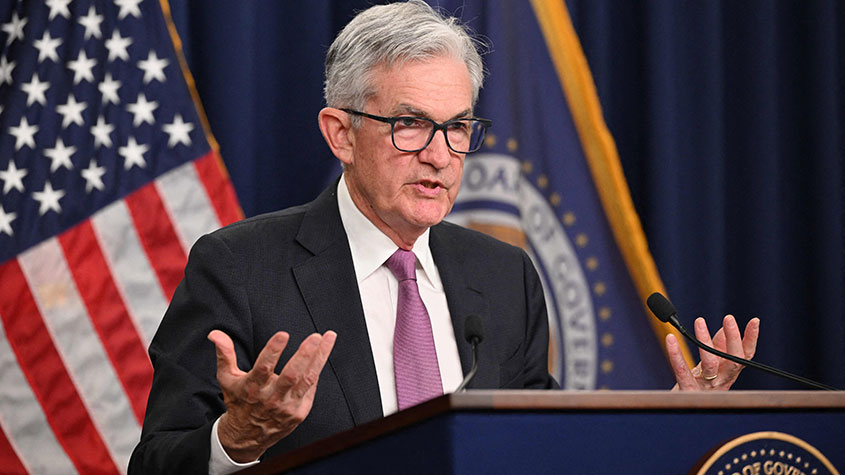
The Federal Reserve, America’s central bank, raised interest rates in the US by three-quarters of a percentage point yesterday. That’s the second month in a row. The federal funds target rate is now 2.25% to 2.5% (it’s a range, rather than one number as with the Bank of England).
Once upon a time, not so very long ago, the idea that the Fed would be pumping what the market once viewed as six months’ worth of rate rises into just two months would have had people expecting the end of the world.
And certainly markets haven’t exactly been enjoying the ride. But the Fed has persisted.
MoneyWeek
Subscribe to MoneyWeek today and get your first six magazine issues absolutely FREE

Sign up to Money Morning
Don't miss the latest investment and personal finances news, market analysis, plus money-saving tips with our free twice-daily newsletter
Don't miss the latest investment and personal finances news, market analysis, plus money-saving tips with our free twice-daily newsletter
Thing is, yesterday, alongside the 0.75 percentage point rise, we also got a whisper of a hint that the Fed might decide to ease up a little, depending on what happens next.
To be more specific, Fed boss Jerome Powell said “it likely will become appropriate to slow the pace of increases”.
That hint was sufficient to send the S&P 500 up 2.6% and the Nasdaq up by 4.1%.
The thing is, though, Powell also warned that “another unusually large rate rise” could be appropriate too, depending on the data.
So is the market falling for wishful thinking? I can’t help but think that it might be. Here’s why.
The Fed now feels financially omnipotent
I was listening to Bloomberg’s Odd Lots podcast yesterday. The guest, former senior Federal Reserve trader Joseph Wang, made a point which really made me rethink my view on central banks.
Here’s a bit of context.
For decades now, the core assumption about central banks is that they will intervene in markets if they fall fast enough or far enough. This tendency was best known as the “Greenspan put”, after Alan Greenspan, the Federal Reserve chair who first put it into practice. It was never official policy, but Greenspan’s habit of cutting interest rates at any sign of trouble certainly bred an element of complacency.
This belief that the Fed has a pain point at which it will act to “save” the market is still apparent. Investors keep thinking that a turning point is coming any time now, which explains why they all alighted on Powell’s words.
But why did the “Greenspan put” exist in the first place? It was because Greenspan was worried about systemic threats. For example, hedge fund LTCM was bailed out in 1998 because of Greenspan’s fears that a collapse of the highly-leveraged fund would create a chain reaction and bankrupt most of Wall Street.
In 2008 we had the financial crisis, and the Fed learned the hard way that some institutions were too big to fail. As a result, in the decade following, the Fed made sure it only took baby steps and tried never to do anything to take the fragile market by surprise.
But all through this process, the central bank was creating more and more systems by which it could intervene more and more aggressively and in more and more markets. By the time the 2020 pandemic panic came round, the Fed was able to declare that it would literally buy junk bonds, effectively scrapping bankruptcy (should it wish). Using swap lines, it also did a great deal to prevent overseas markets from blowing up.
So in effect – and this is Wang’s point – the Fed now feels powerful enough (and you can see why) to be relatively confident that no crisis can be big enough to be systemic anymore.
The “Greenspan put” created massive moral hazard. The fact that the market could rely on being bailed out every time it took too many risks and took things too far, meant that it just kept on taking risks and pushing things too far.
The irony now is that, having underwritten everything, the Fed may have created a different kind of moral hazard. It now feels that it can stop any crisis in its tracks. And as a result, it can raise rates as much as it likes (or at least as much as it takes to tackle inflation) without breaking anything.
In turn, that implies that the Greenspan put is not only dead and buried – it implies that the Fed no longer really cares about the market reaction except in as much as it either tightens or loosens financial conditions.
Something always breaks
That’s a very different world for investors to be operating in – an actively market-hostile (or at least market-agnostic) Fed rather than one which is pandering to every panic and tantrum.
Perhaps more importantly – something always breaks. Not sure what it would be this time around, but something in currency markets (if the dollar keeps surprising everyone) or sovereign debt markets (as Jonathan Compton wrote in a recent issue of MoneyWeek, we’re overdue a wave of defaults) seem likely candidates.
We’ll see. In any case, for now, markets might keep bouncing given the grimness of sentiment out there. But I’d be surprised if the Fed is pleased about the reaction to yesterday’s press conference. The reality is that until inflation shows genuine signs of coming under control, the bias towards tightening won’t relax – and if markets don’t get the message, the Fed might have to act even more aggressively.
Get the latest financial news, insights and expert analysis from our award-winning MoneyWeek team, to help you understand what really matters when it comes to your finances.
John Stepek is a senior reporter at Bloomberg News and a former editor of MoneyWeek magazine. He graduated from Strathclyde University with a degree in psychology in 1996 and has always been fascinated by the gap between the way the market works in theory and the way it works in practice, and by how our deep-rooted instincts work against our best interests as investors.
He started out in journalism by writing articles about the specific business challenges facing family firms. In 2003, he took a job on the finance desk of Teletext, where he spent two years covering the markets and breaking financial news.
His work has been published in Families in Business, Shares magazine, Spear's Magazine, The Sunday Times, and The Spectator among others. He has also appeared as an expert commentator on BBC Radio 4's Today programme, BBC Radio Scotland, Newsnight, Daily Politics and Bloomberg. His first book, on contrarian investing, The Sceptical Investor, was released in March 2019. You can follow John on Twitter at @john_stepek.
-
 ‘Why I have ditched my Help to Buy ISA for cash savings and the stock market’
‘Why I have ditched my Help to Buy ISA for cash savings and the stock market’Without the 25% bonus, my Help to Buy ISA is effectively redundant, says MoneyWeek writer Sam Walker.
-
 Is your inheritance tax allowance cut if you sell to downsize or sell your home to pay for care?
Is your inheritance tax allowance cut if you sell to downsize or sell your home to pay for care?Downsizing relief is a little-known benefit that could save your loved ones tens of thousands of pounds in inheritance tax after you’ve died.
-
 'Governments are launching an assault on the independence of central banks'
'Governments are launching an assault on the independence of central banks'Opinion Say goodbye to the era of central bank orthodoxy and hello to the new era of central bank dependency, says Jeremy McKeown
-
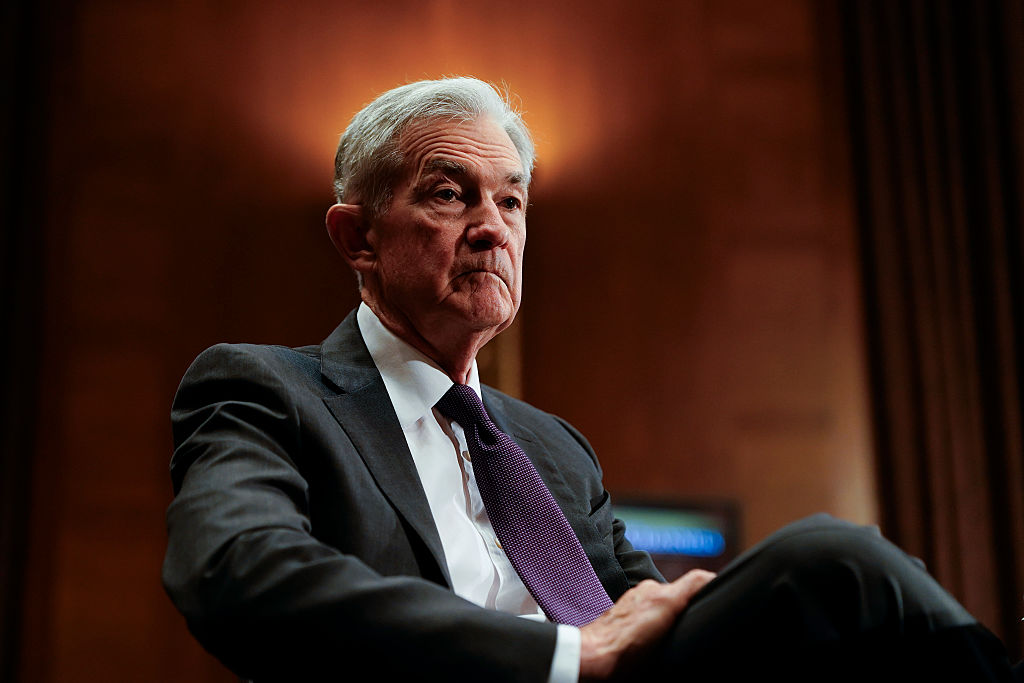 Will Donald Trump sack Jerome Powell, the Federal Reserve chief?
Will Donald Trump sack Jerome Powell, the Federal Reserve chief?It seems clear that Trump would like to sack Jerome Powell if he could only find a constitutional cause. Why, and what would it mean for financial markets?
-
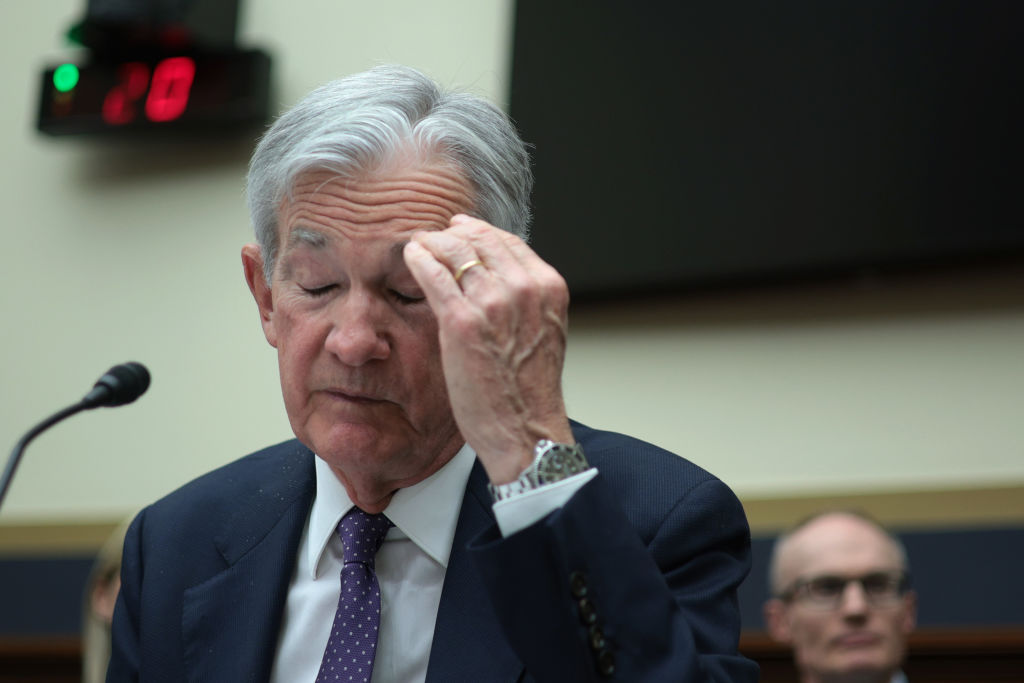 Can Donald Trump fire Jay Powell – and what do his threats mean for investors?
Can Donald Trump fire Jay Powell – and what do his threats mean for investors?Donald Trump has been vocal in his criticism of Jerome "Jay" Powell, chairman of the Federal Reserve. What do his threats to fire him mean for markets and investors?
-
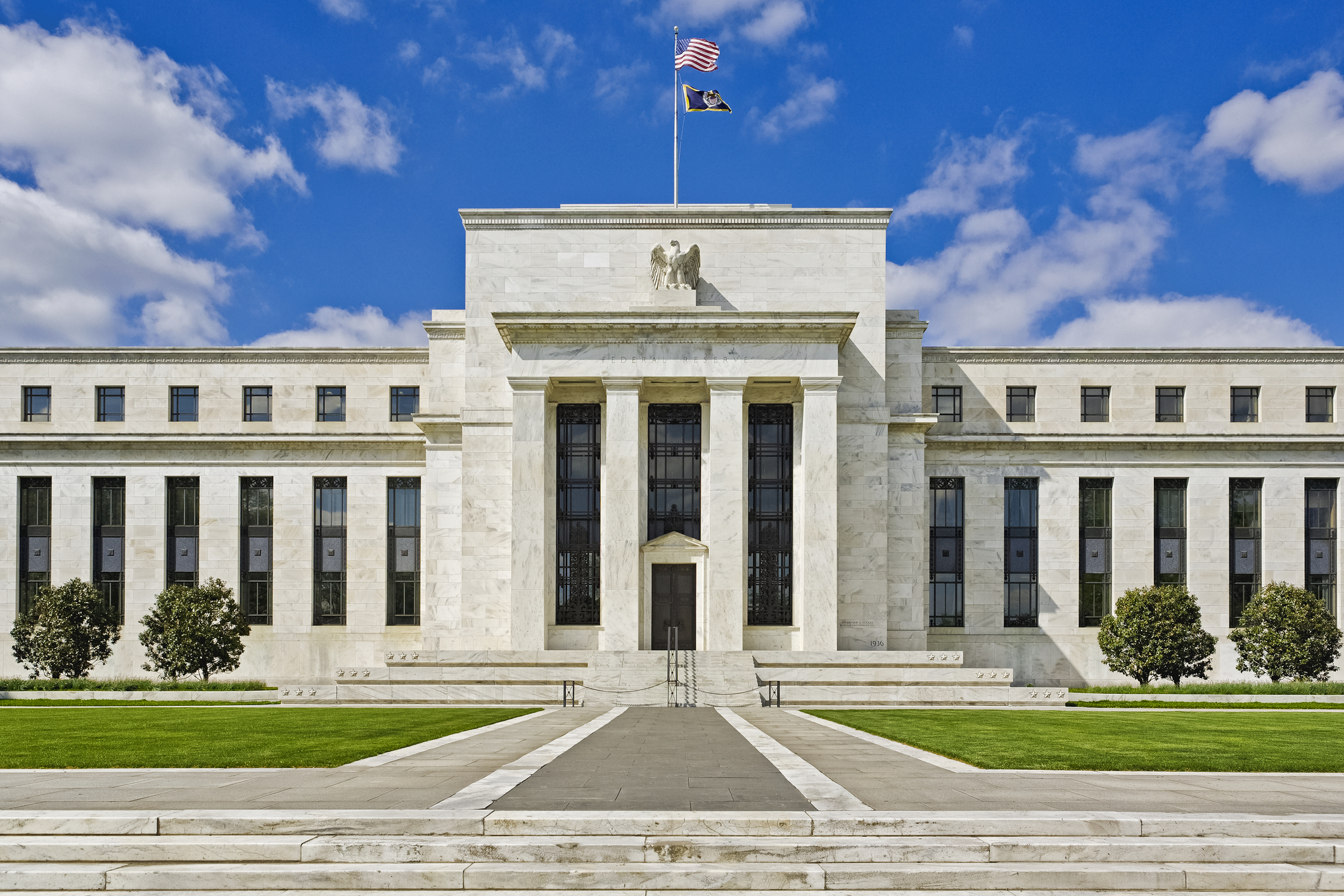 Do we need central banks, or is it time to privatise money?
Do we need central banks, or is it time to privatise money?Analysis Free banking is one alternative to central banks, but would switching to a radical new system be worth the risk?
-
 Will turmoil in the Middle East trigger inflation?
Will turmoil in the Middle East trigger inflation?The risk of an escalating Middle East crisis continues to rise. Markets appear to be dismissing the prospect. Here's how investors can protect themselves.
-
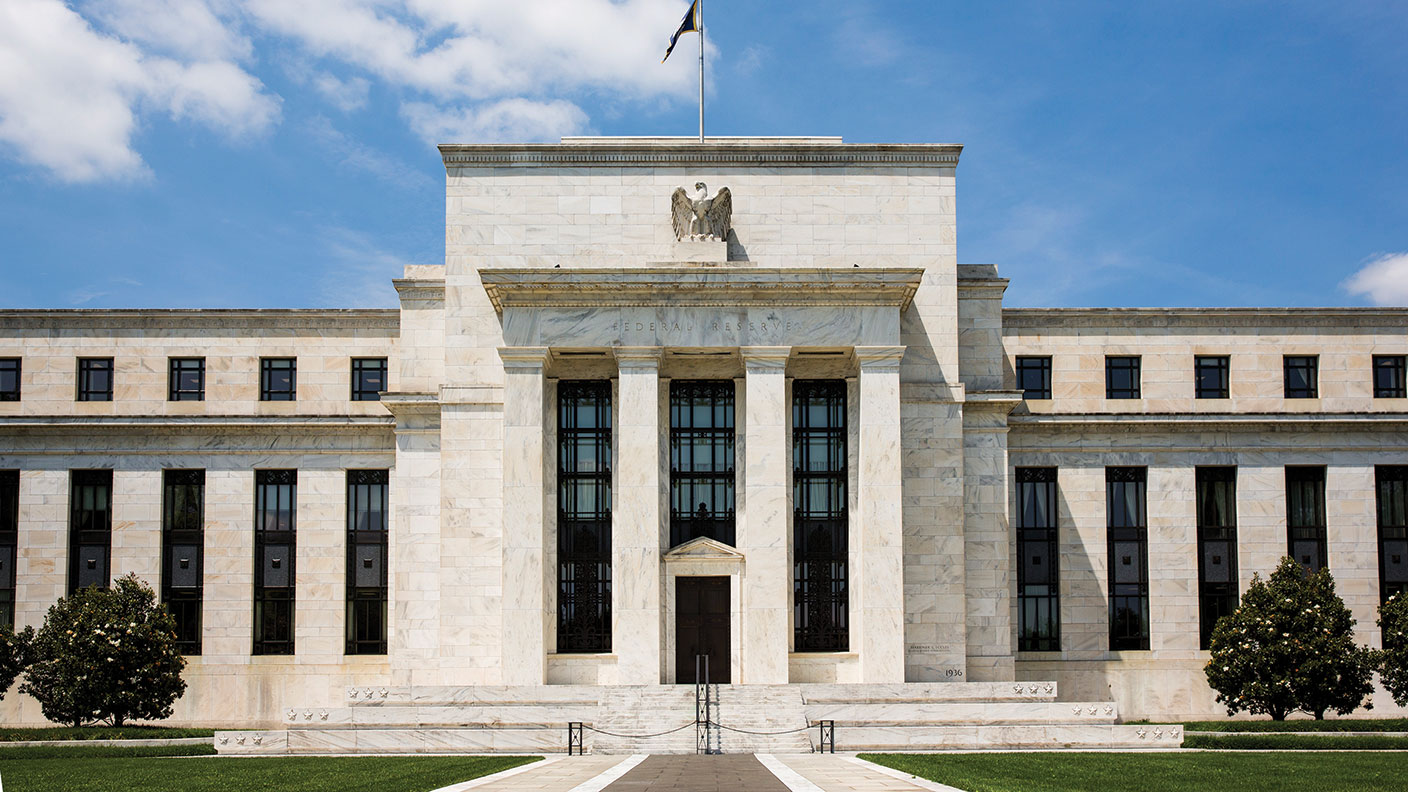 Federal Reserve cuts US interest rates for the first time in more than four years
Federal Reserve cuts US interest rates for the first time in more than four yearsPolicymakers at the US central bank also suggested rates would be cut further before the year is out
-
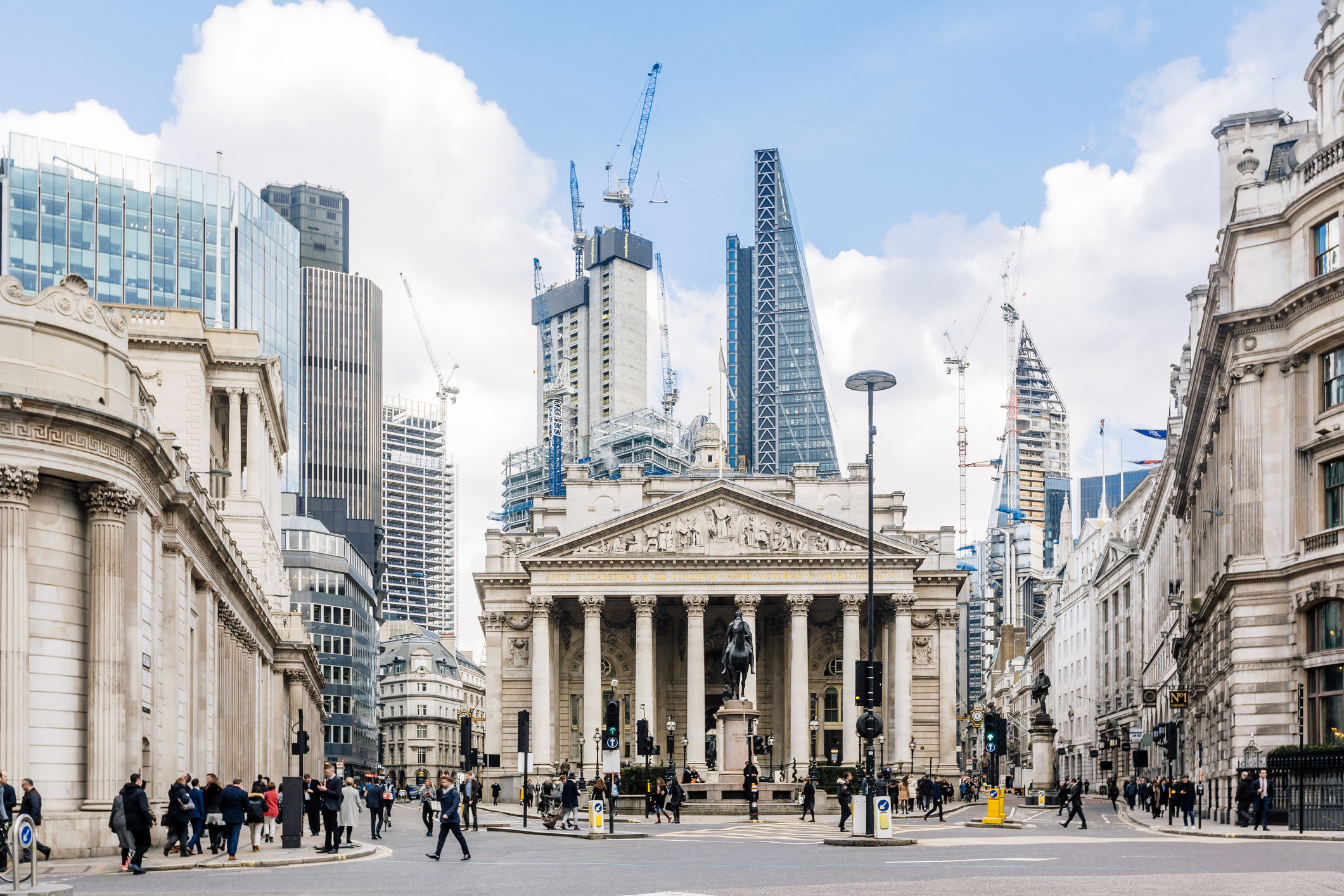 The Bank of England can’t afford to hike interest rates again
The Bank of England can’t afford to hike interest rates againWith inflation falling, the cost of borrowing rising and the economy heading into an election year, the Bank of England can’t afford to increase interest rates again.
-
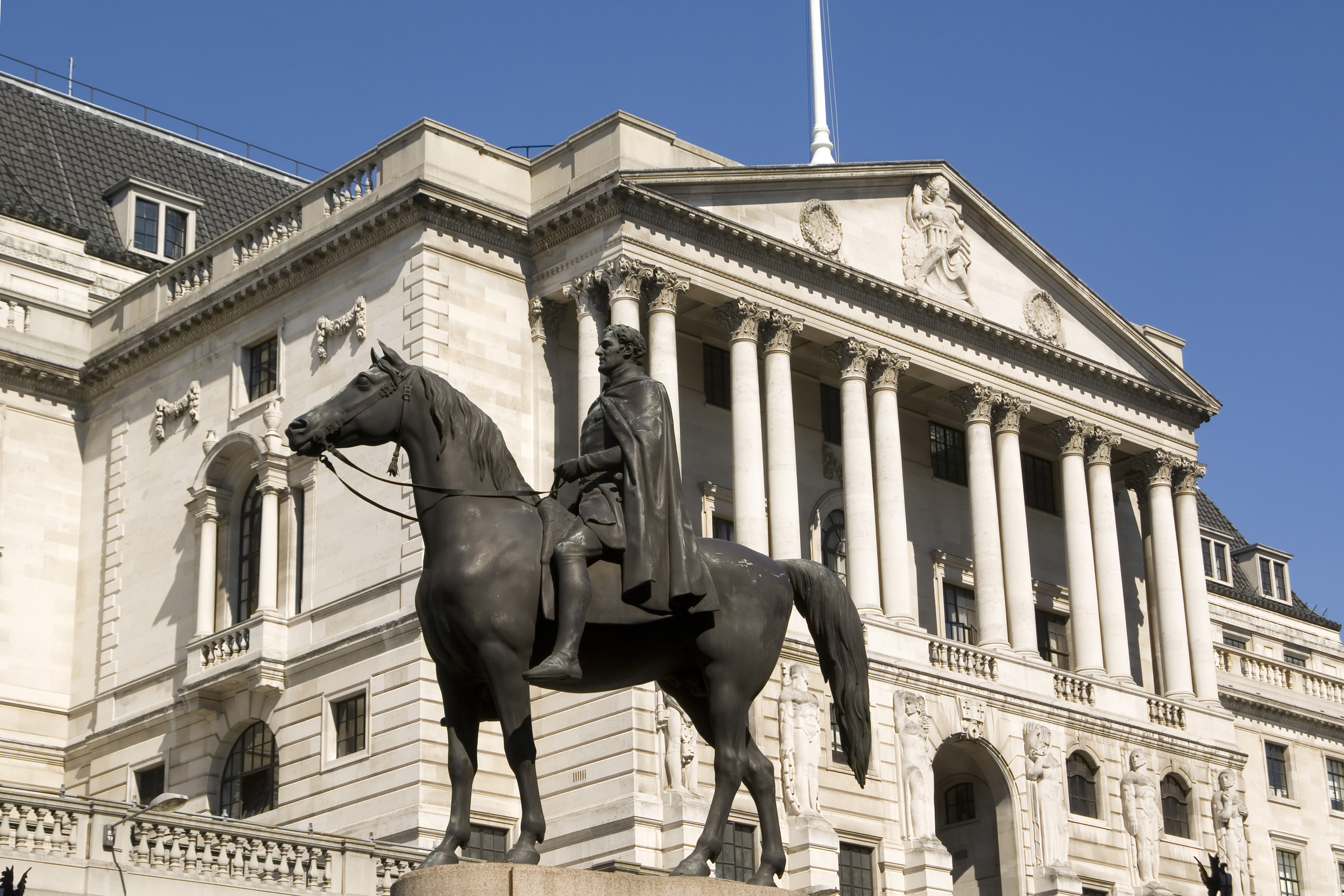 Interest rates held at 5.25% again
Interest rates held at 5.25% againThe Bank of England has kept rates at 5.25% again, in a widely anticipated move. We look at what it means for your money - and what the Bank’s next move could be
